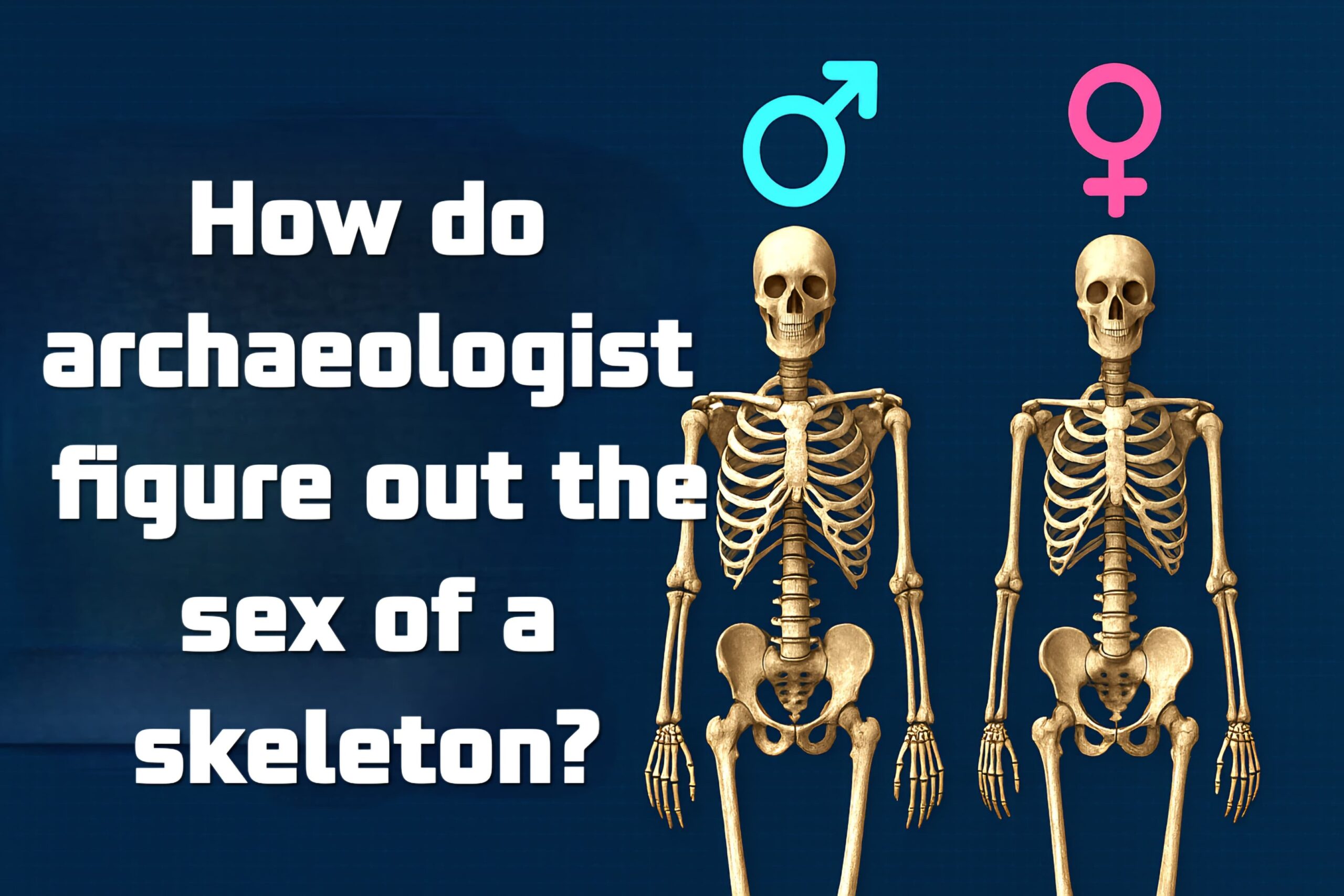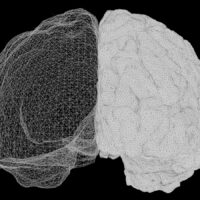We may see which skeletons are that of males or females which is at the base of what we study in terms of population statistics, also it is key in analysis of how ancient cultures treated different sexes. But what we look at in order to determine that is not a simple task.
Why Sexing Skeletons is Difficult
In the living, we tend to judge sex from what we can see, such as facial hair or body shape. But such physical features, jokingly termed as the “squidgy and hairy bits,” are destroyed during burial. Archaeologists, therefore, cannot look to soft tissue or exterior characteristics. Instead, they must make do with what is left behind: bones.
Sexual dimorphism the physical differences between the sexes does affect the skeleton, but these are subtle and not always clear cut. Indeed, skeletal variation can occur between individuals of the same sex, so it is not always possible to be absolutely sure.
It’s also necessary to distinguish sex from gender. Sex is used to describe biological differences, whereas gender is a cultural construct that differs between societies. There are individuals born with ambiguous sexual characteristics, and societies can recognize more than two genders. But this degree of subtlety is seldom discernible in archaeological remains.
What Archaeologists Look For
If archaeologists are lucky, they may uncover a well-preserved body, such as one buried in a peat bog. In such cases, even soft tissues might be intact, providing greater clues about sex and perhaps social roles. But typically, what’s recovered are just bones.
Here’s where osteo archaeologists, or bone specialists, come in. If a complete skeleton is found, certain features are especially useful for sex determination:
1. General Size and Robustness
Male skeletons tend to be taller and more robust (thicker bones, strong muscular attachments).
Female skeletons tend to be more gracile (slighter, with thinner bones).
2. The Pelvis
The pelvis is one of the most reliable indicators of biological sex because it reflects adaptations for childbirth.
Pubic Arch: In males, the angle is usually less than 90°, forming an acute angle. In females, it is broader and more rounded.
Pelvic Inlet: The opening is more circular in females and more heart-shaped or “Mickey Mouse” shaped in males.
Acetabulum (hip socket): Larger in males than in females.
3. The Skull
Skull features can offer additional clues:
Chin: Males typically have a squarer, more prominent chin.
Jaw Angle (Gonial Flare): Females may show wider flare.
Forehead: Slopes more in males; rounded in females.
Brow Ridges: More pronounced in males.
Mastoid Process: Larger and more robust in males.
These traits are comparative, meaning they’re more accurate when comparing skeletons within the same population. This is because different populations can show different average features.
Notable Case Studies
1. Paviland Cave, Wales
In 1823, geologist William Buckland discovered a skeleton stained red with ochre and buried with ivory jewelry. Based on these features, he assumed she was a Roman sex worker. Later radiocarbon dating in the 1960s revealed the remains were approximately 29,000 years old—far older than the Roman era. Further analysis identified the skeleton as male, despite initial assumptions influenced by cultural bias.
2. Poulton Abbey Excavation
During an excavation about 12 years ago, a young archaeologist (later the narrator of the original script) worked on a burial site. The skeleton was incomplete and the skull was still embedded in soil, making sex determination extremely difficult. This experience illustrated the challenges and frustrations archaeologists often face with incomplete remains.
3. Tarquinia, Italy
In 2013, archaeologists uncovered what they believed to be an Etruscan prince buried with a spear and rich grave goods. However, detailed study showed the skeleton was female, and the presumed “wife” was male. The interpretation of grave goods had led to incorrect assumptions—once again highlighting how cultural expectations can bias analysis.
The Complexity of Certainty
As these examples show, determining sex from skeletons is fraught with challenges. Children’s skeletons are especially difficult to identify, as skeletal differences only emerge after puberty. Some adults also show traits not typical for their sex, adding further complexity.
Sex determination involves a mixture of:
- Physical evidence from bones
- Specialist knowledge and comparative experience
- Caution against cultural assumptions or gender biases
It’s crucial to remember that absolute certainty is rare. Specialists often make educated guesses based on the available evidence and within the context of the burial environment.
Whats My Thought ?
So, when asked whether a skeleton is male or female, the honest answer is often: “We think it’s likely, but we can’t be 100% sure.” The process is based on anatomical traits, population comparisons, and context—but there’s always room for error.
Sexing skeletons is a deceptively simple question with a complicated answer. And while gender brings a whole different set of considerations that archaeology rarely captures, even biological sex is not always clear-cut in the archaeological record.


















